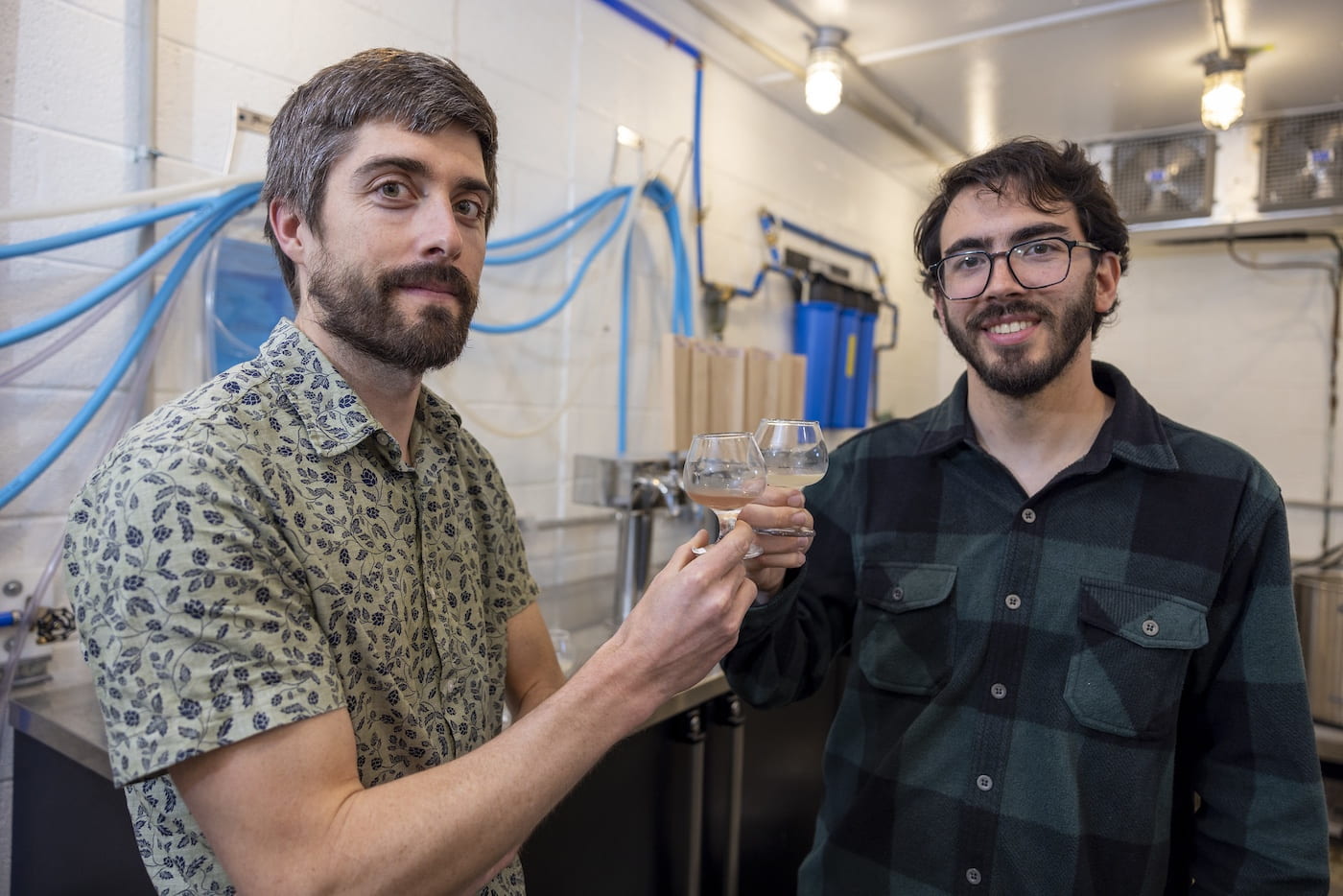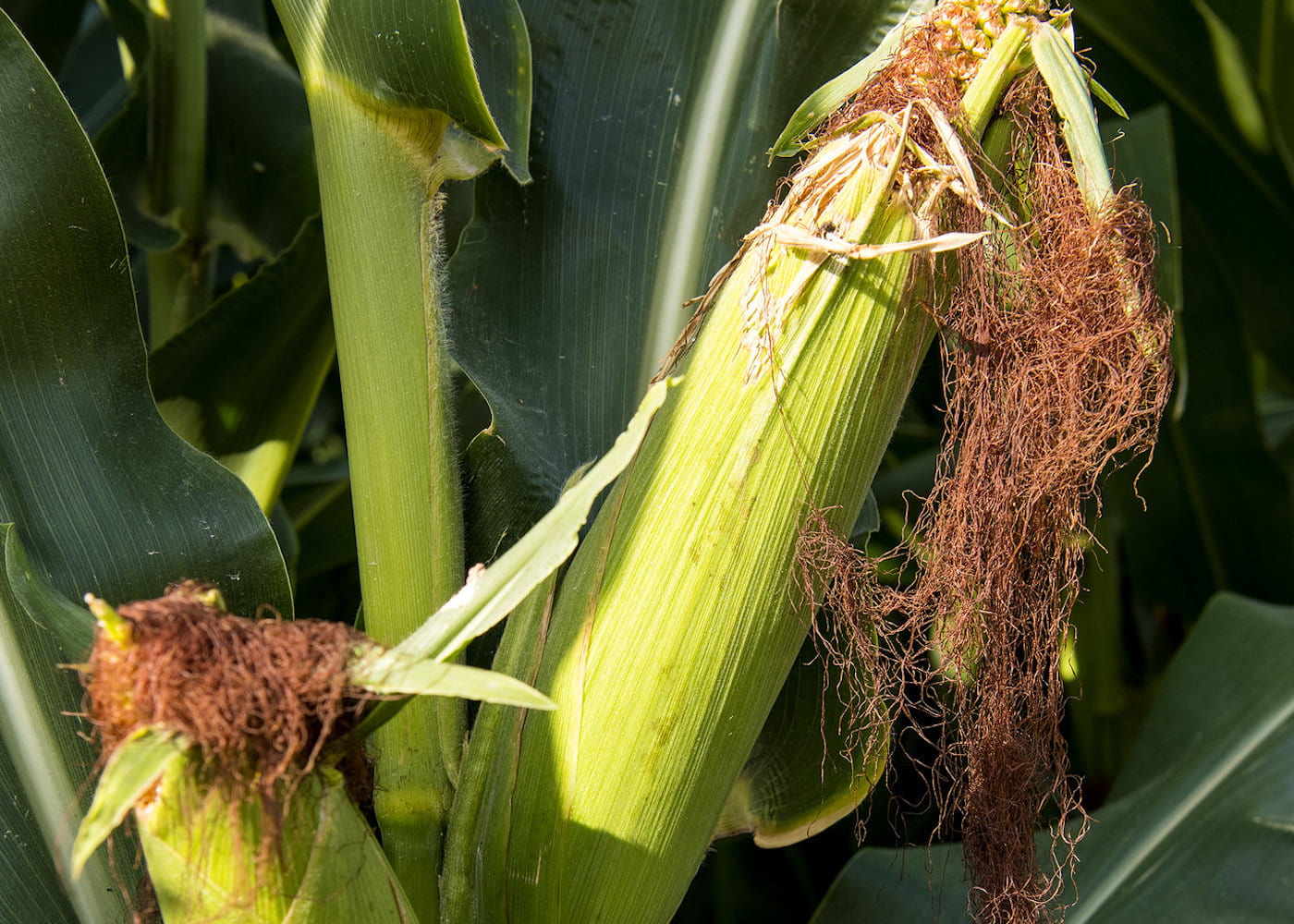Investigating the Malting Suitability and Brewing Quality of Different Rice Varieties

The Problem
There has been limited research on malting rice and using it to brew beer. Climate change and war have contributed to increases in the price of barley, the primary ingredient used to brew beer.
Since rice is more resilient in warmer environmental conditions than barley and because Arkansas is the nation’s leading rice-producing state, researchers with the Arkansas Agricultural Experiment Station investigated a wide selection of U.S. rice cultivars to determine their suitability for malting and use in brewing beer.
The Work
With previous public research on malted rice focusing on Italian and Indian cultivars, the objective of the Arkansas Agricultural Experiment Station study was to evaluate a larger set of 19 U.S. rice cultivars, including short, medium and long grain rice varieties, aromatic and non-aromatic rice, and three cultivars of rice with purple bran.
Using established analytical approaches common to the brewing industry, researchers evaluated key chemical parameters, including protein and starch properties and gelatinization temperatures. Each of the cultivars was then malted and further processed to assess additional brewing quality parameters.
The Results
Several important observations were made in the study, including confirmation of the ability of rice to produce enzymes during the malting process. Enzymes allow the malted rice to fully convert its starch to extractable sugar.
A lower temperature to convert starch to sugar was also recorded in malted rice compared to raw rice. While further research is needed to confirm this finding, this is crucial information to consider as future trials are designed based on the profiles of specific cultivars. Higher protein contents were also found in some malted rice varieties than previously reported.
The study also noted that malt made with purple-pigmented rice creates possibilities for brewers to add color to their brews without using specialty malts, which could jeopardize quality and shelf life. More studies, however, are needed to investigate the stability of the color from purple-pigmented malted rice during fermentation and the flavor of beers made with these cultivars.
Chalkiness did not significantly correlate with any malting parameter, suggesting that chalky rice may be used as a malting material without affecting its malting qualities.
Food science graduate student Bernardo P. Guimaraes was the lead author of the study titled “Investigating the Malting Suitability and Brewing Quality of Different Rice Cultivars,” published in February 2024 by the Beverages journal. Scott Lafontaine, flavor chemist and assistant professor in the food science department, served as Guimaraes’ advisor on the research.
The Value
This study provides the first publicly available data on 19 rice varieties important to the U.S. rice industry that were analyzed for brewing qualities. The investigation suggests malted rice could offer a more local and gluten-free source of starch for brewers and beverage and food producers, especially in the face of rising malted barley prices.
By screening diverse rice cultivars for a wide range of physicochemical attributes, researchers developed a more comprehensive understanding of how these attributes impact malted rice quality. Long-grain rice varieties showed more promise for malting than short and medium grains.
Rice is an important agricultural commodity crop to the state, worth more than $1.3 billion, and Arkansas is the top rice-producing state in the nation. The study also recognizes the added value potential for chalky rice since chalkiness does not impact the qualities required for brewing beer with malted rice.
Read the Research
Investigating the Malting Suitability and Brewing Quality of Different Rice Cultivars
Beverages
Volume 10, Issue 1 (2024)
https://doi.org/10.3390/beverages10010016
Supported in part by
The Arkansas Rice Research and Promotion Board (Award No. GR018895).
About the Researchers

Scott Lafontaine
Assistant Professor in Food Chemistry
Ph.D. in Food Science and Technology-Brewing Science, Oregon State University
M.S. in Chemistry, Oregon State University
M.S. in Science and Technology/Bio Technology, Kean University
B.S. in Chemistry and Science Technology/Bio Technology, Kean University
Bernardo P. Guimaraes
Ph.D. student, University of Arkansas food science
M.S., Universidade de Brasília




